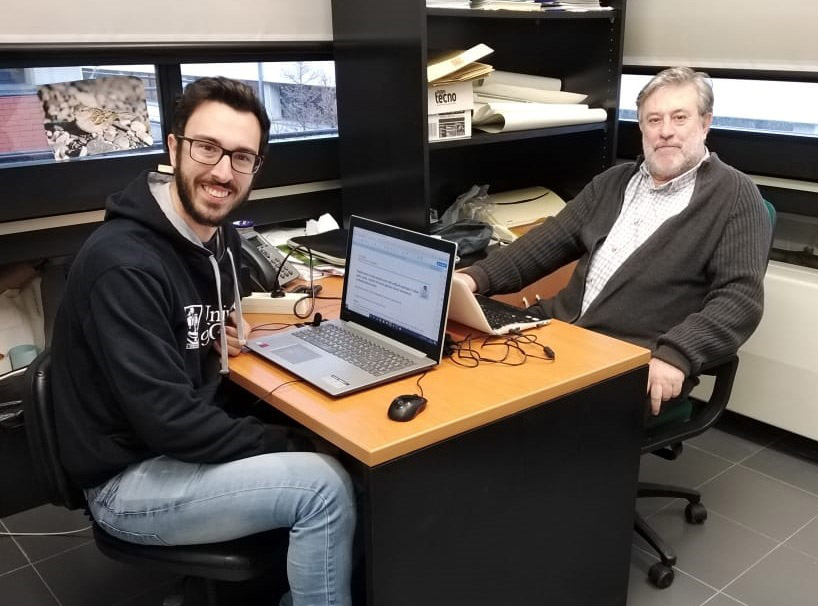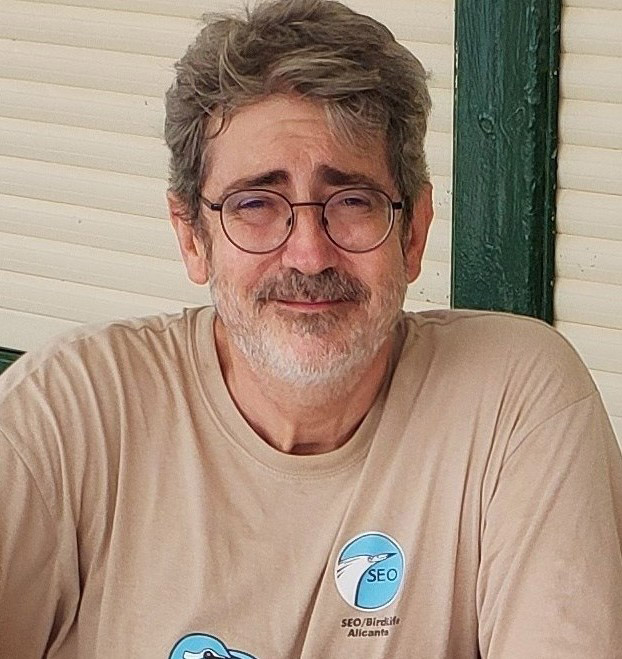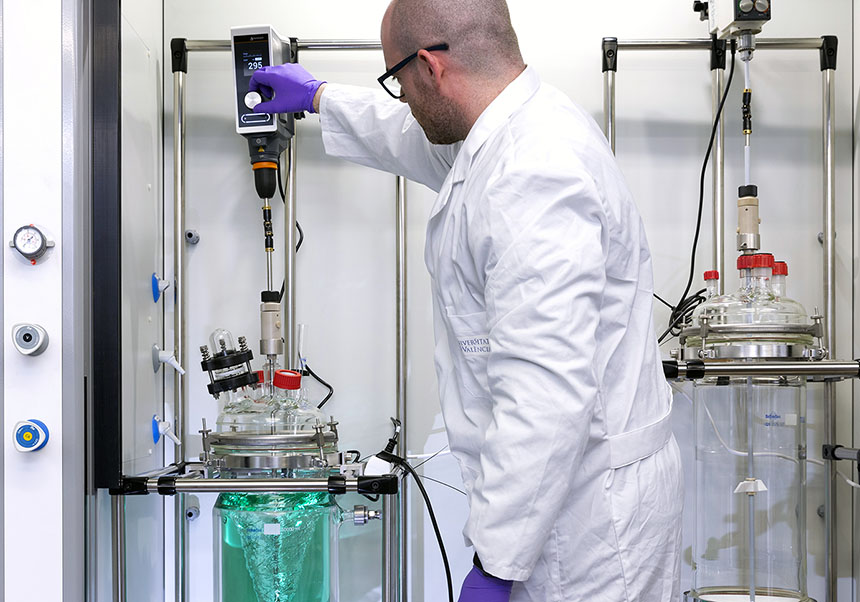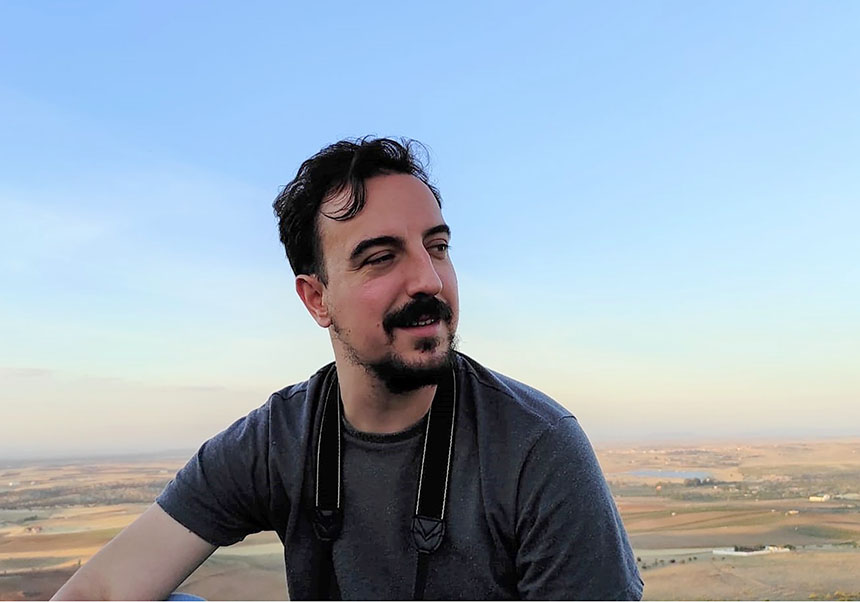The replacement of natural grass by artificial grass of the parks reduces the number of sparrows in cities
- Scientific Culture and Innovation Unit
- February 19th, 2020
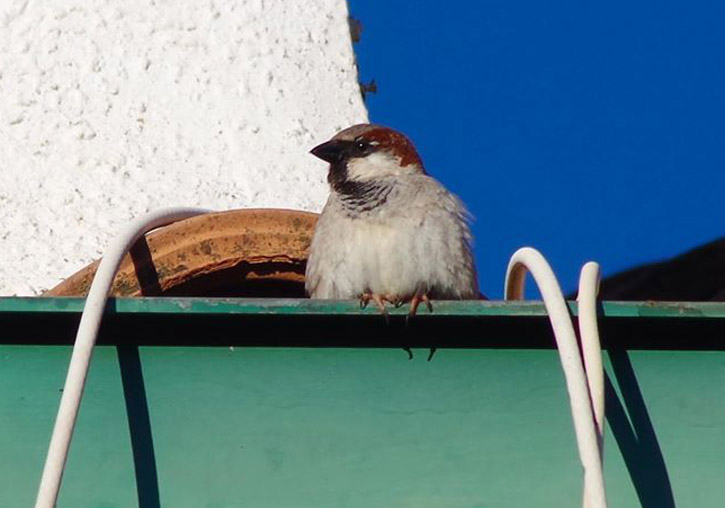
Researchers at the Cavanilles Institute of Biodiversity and Evolutionary Biology of the University of Valencia as well as the University of Alicante have found a new reason for the decrease in the number of sparrows (Passer domesticus) in urban areas: the replacement of natural grass with artificial grass of the parks. For four years, they have found that the number of sparrows has been reduced to 60%.
The common sparrow is a species that is associated with humans since Prehistory. However, since the beginning of the twentieth century, its population has fallen dramatically in rural and urban areas throughout Europe due to many factors such as urban pollution, lack of space to nest, difficulties in finding food, diseases and predation. In central London, today it is practically extinct, when in 1925 the chronicles speak about more than one hundred million specimens.
Edgar Bernat-Ponce and José A. Gil-Delgado, of the Cavanilles Institute, and Germán M. López, of the University of Alicante, explain that many European cities have undergone redevelopment processes in recent decades and the effects of this on urban biodiversity are hardly known. In an article recently published in the Urban Ecosystems magazine, they studied for 4 summers (between 2015 and 2018) the impact of replacing the soil of the parks (grass, bare soil) with other artificial components (concrete, artificial grass, areas for dogs, pavements) on the abundance of the common sparrow.
Of the 32 Valencian parks studied in four locations, in 10 major remodelling occurred during the four years. In both types of parks, both remodelled and those that finally stayed the same, the abundance of sparrows was similar at the beginning, although in those not reformed in this period the population declined 15%, while in those the decline was reformed reached an average of 60% in the same period, reaching a peak of 62.3% after the specific year of the reform.
Among the conclusions of the article, whose first signatory is Edgar Bernat-Ponce, it is clear that the remodelling of areas with grass or natural grass is more harmful to sparrows than in areas of bare soil. This fact is explained by the fact that in the grass the presence of invertebrates and seeds – foods – is much more likely than in areas with no vegetation cover.
The researchers in their study have also measured the distance between the parks, since the remodelling of an urban park could have caused the sparrows to move to a nearby one. With an average distance between parks of 370 metres, most of the birds that disappeared from those urbanised died or migrated to adjacent urban habitats, since it is a species with small roaming areas.
In their research, the three experts ask to implement new urban planning policies with the urgent need to preserve the common sparrow and other birds, although they are aware that the measures proposed by the municipalities have had the effect of reducing water consumption and cost of the gardens. In this sense, they propose using native trees, or grass species with less water consumption for the parks, which would increase the number of invertebrates available for the livelihood of sparrows. They also propose to improve the urban green roof and connect it to help in the movement of birds.
Article:
Bernat-Ponce, et al. «Replacement of semi-natural cover with artificial substrates in urban parks causes a decline of house sparrows Passer domesticus in Mediterranean towns». Urban Ecosystems (2020). https://doi.org/10.1007/s11252-020-00940-4
Photo caption:
1. Edgar Bernat-Ponce and José A. Gil-Delgado, researchers of the Cavanilles Institute of the University of Valencia.
2. Germán M. López, researcher of the University of Alicante.



